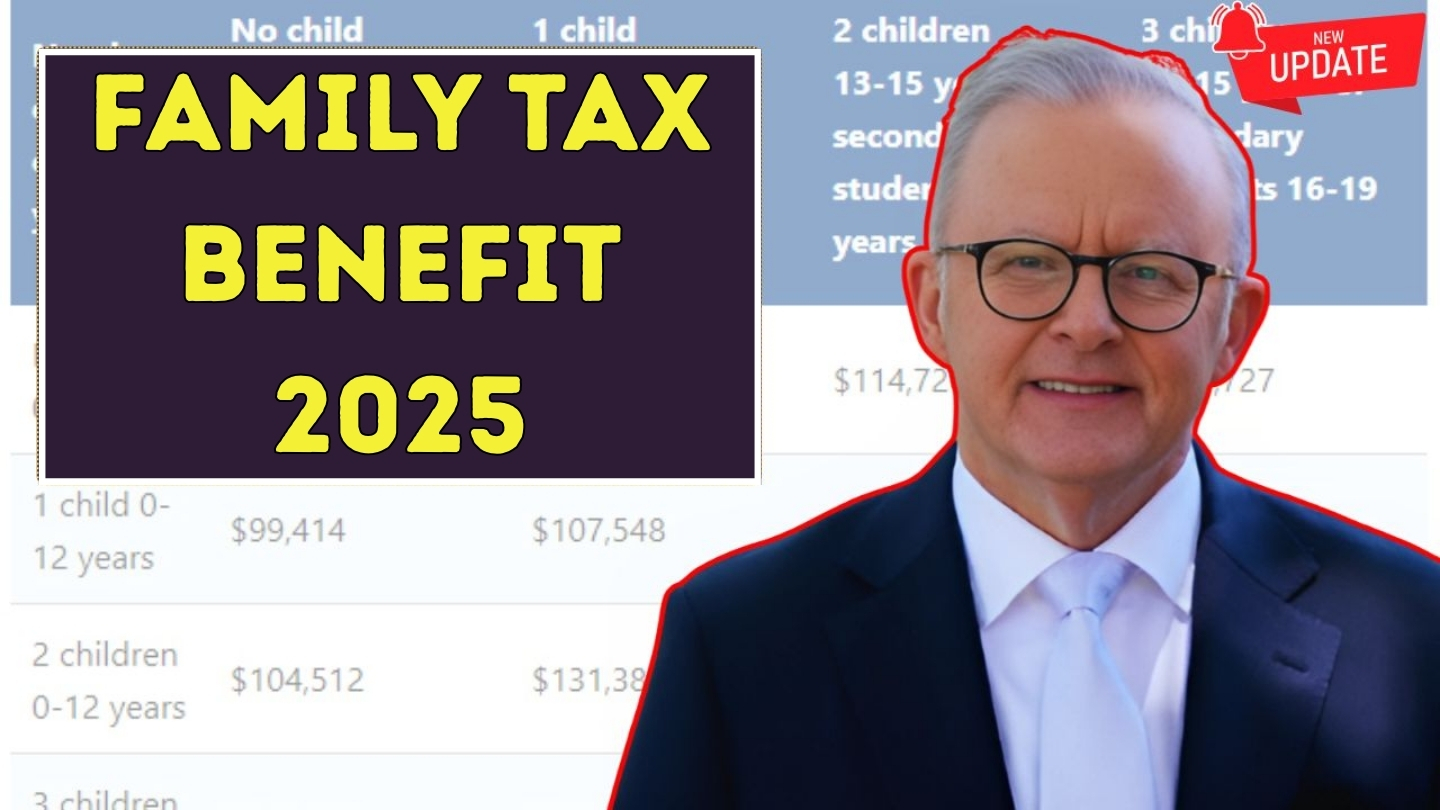Beginning in 2025, the full retirement age (FRA) for receiving Social Security Benefits in the U.S. will officially increase to 67 for individuals born in 1960 or later. This marks the final stage of a multi-decade increase from the previous retirement age of 65 which commenced with social security amendments in 1983 aimed at addressing the program’s longevity and financial solvency. Those born prior to 1960 will have a slightly lower FRA, 66 years and 10 months for those born in 1959, effective late 2025. Even with the FRA increase, individuals will still have the option to retire early at the age of 62; however, this will result in a permanent reduction of up to 30% in benefits for those who retire prior to FRA.
Rationale for the Change
The reforms made in 1983, which included the gradual increase in retirement age, were triggered by the increase in average life expectancy and a greater burden of retirees per worker. This shift was made in an attempt to sustain Social Security and adapt to the reality that Americans are now living into their 80s, thus spending more years in retirement.
Financial Impact on Workers
Many workers will have to remain in the workforce until much later in life to claim the full Social Security benefits, due to the increase in retirement age. Early retirement at 62 comes with a greatly diminished benefit of monthly payments that could, in fact, be 30% less than the full benefit making the lifetime payout much smaller. Taking the previous example, a retiree who assumes $1000 monthly payments at full retirement age (FRA) would actually get $700 by claiming at 62. The opposite is also true; pushing the withdrawal of benefits until after FRA up to 70 will increase the benefit to be received by roughly 24% for each year of waiting. The cumulative lifetime loss for this group who would easily qualify for the 62 mark could average around $420,000 in benefits reduced by claiming early.
Outlook and Future Considerations
As the FRA has already been set to 67 for those born in 1960 or later, there is consideration within the policies to push it to 69 for the timeframe of 2026-2033 to further alleviate the financial burden on Social Security. . The 2025 changes appear to be monumental, however, they may not be the last change towards retirement age eligibility.
To conclude, the 2025 shifts to retirement age will instigate a change in retirement planning for a vast majority of the American workforce, extending the period during which the workforce is employed and altering the age and manner in which they access Social Security.





